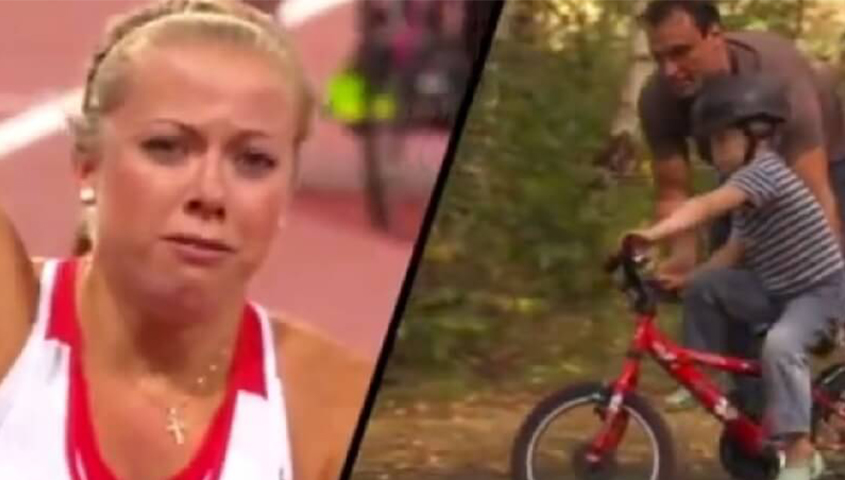KEY INFORMATION
Recommended age group: 11–16
Time required: four 45–60 minute sessions
Equipment: varies dependent on activities chosen.
ACTIVITY IDEA
Use the video above and presentations and activity sheets below as stimulus to help students understand the Olympic and Paralympic Values over a series of lessons. Students will learn to apply the Values to their own lives, assess their importance and create works to demonstrate their own understanding. Each of the optional activity ideas below build on a different presentation to help develop students learning.
Know your Values
- Watch the video above. How do each of the athletes and young people show the Values? Ask students to think further about each of the Values. Why do they think that the International Olympic and Paralympic Committees selected these particular terms/ ideas?
- Read the athlete stories in the Know Your Values presentation and identify the different ways these athletes show the Values through sport.
- Complete the What do the Values look like in your life quiz as a class. Then, working individually or in pairs/small groups, ask students to write or act out their own a scenario and demonstrate how they would best use the Values to deal with that situation. This activity could be used for pupils’ real-life encounters, or to explore incidents from history, literature, politics and science.
- Finally, ask students to chose one Olympic and one Paralympic Value and create a piece of work that explains how those Values have helped them to achieve success in your life. They could create a short story (100-200 words), cartoon, or a poster, as long as it shows something they are proud of and explains how the Values helped you achieve it.
Community
- As a starter, look at athletes in the presentation – in which sports do they compete? How might they show the Values?
- Challenge students to make a video tutorial that explains one Olympic sport and one Paralympic sport to other people. Students should consider
- Who are you making it for? Make sure they have an audience in mind. Is it for friends, classmates, family, or another group of people?
- What would the chosen audience want to know and see?
- How might they watch the video?
- How long will they want to watch for?
- How do you make it interesting and entertaining as well as sharing the facts?
- They can create and present the video in any way you choose – for instance, as a complete film, short step-by-step cuts, or a storyboard. Research your chosen sports and explain (or demonstrate) the most important rules, introduce some great athletes, and tell your audience some fascinating facts. Be creative and informative!
Healthy, active lifestyles
- Use the presentation to discuss the benefits of physical activity and explore how different athletes maintained a balanced lifestyle when they were younger.
- Challenge students to increase the amount of physical activity they do by taking part in a new or additional physical activity or sport for at least three weeks. The choice of activity – and where and how they do it – is up to them. Use the weekly activity tracker sheet to help students record their activity.
Make a pledge
- Read the Olympic and Paralympic oaths presentation, finding out more about how athletes pledge to uphold the Values at each Games. You can also watch our video of the Olympic Oath at the opening ceremony of the London 2012 Olympic and Paralympic Games.
- Students should then make their own pledge, using the Make a Pledge activity sheet stating how they will use the Values in their own lives.
EXTENSION
- Ask students to consider how pledges are made and upheld in society more generally, for example, in law or as part of a faith.
- Establish a time period for students to work on their pledges. At the end of the period ask students to return to their pledge and assess how far they have come. What do they still need to do to meet their pledge? Alternatively, if they have completed their goal what will they pledge next to continue living the Values?
- Share the Values with others by encouraging students to run their own volunteering project, or explore how the Values in action through the London 2012 plans and legacy with the Values Ambassadors resources.

